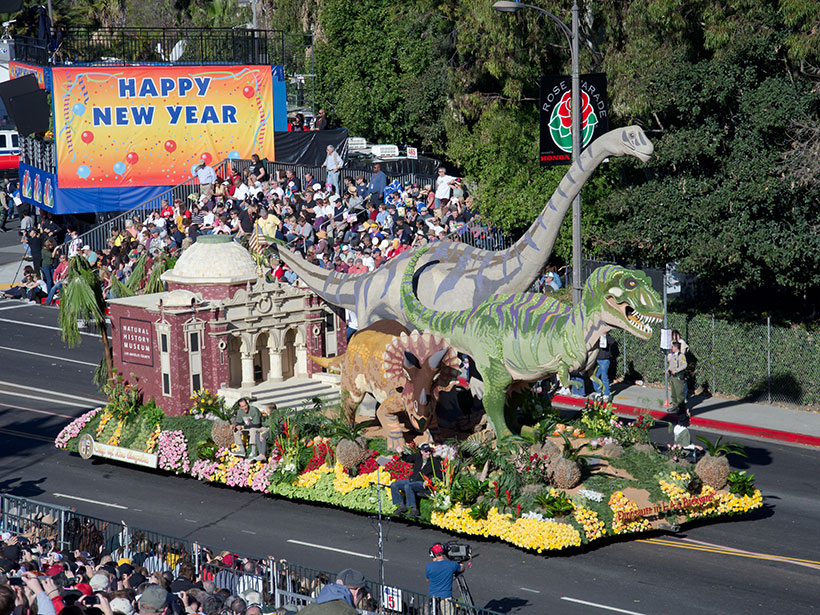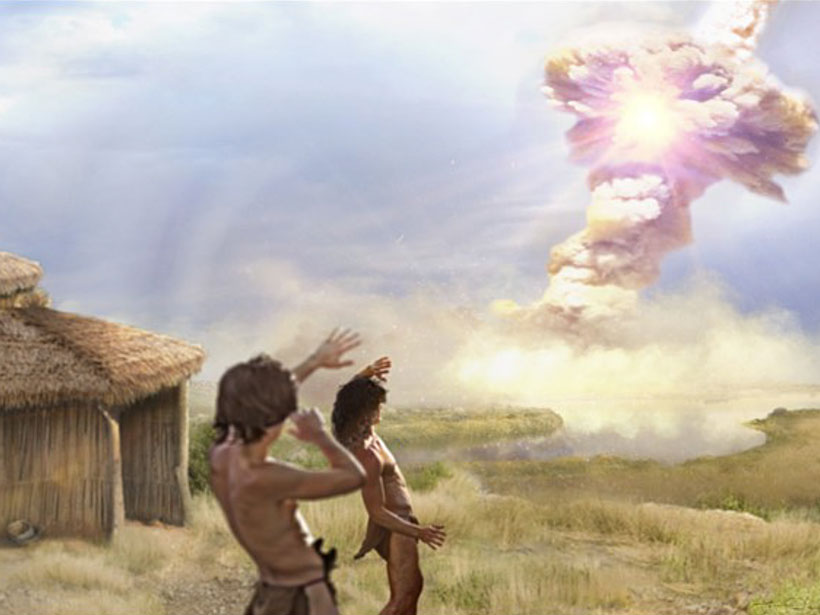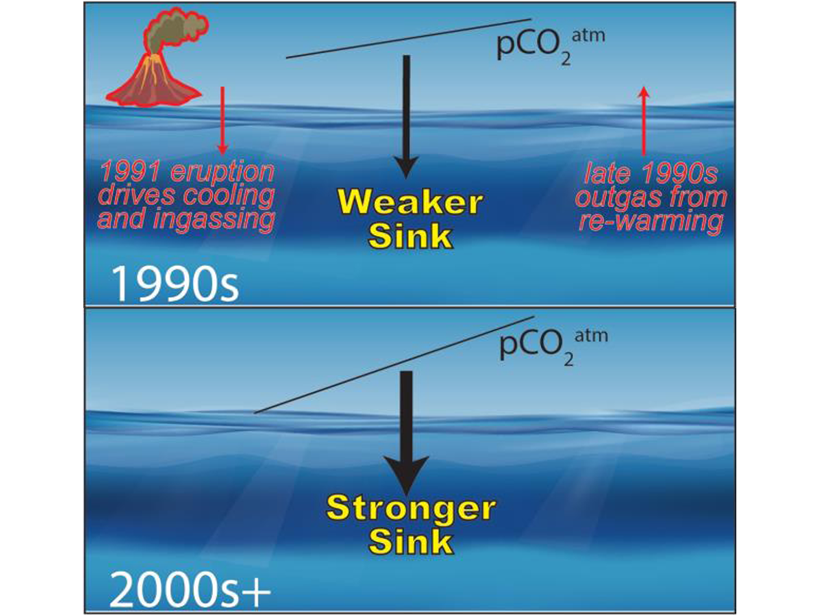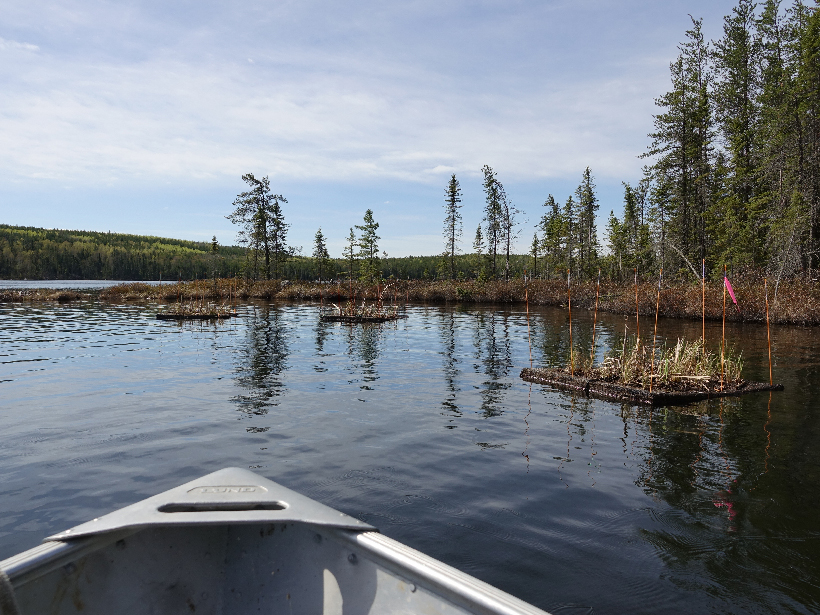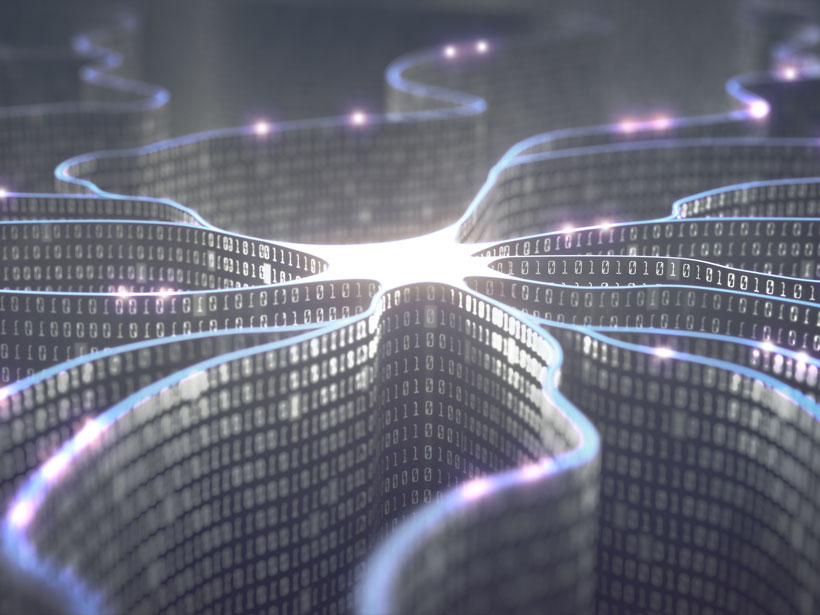Using fiber-optic cables, a new seismic network charts vibrations associated with the Rose Parade’s massive floats and marching bands.
CC BY-NC-ND 2020
Armagedón a 10,000 A.C.
Fragmentos de un cometa probablemente golpearon la Tierra hace 12,800 años, y una pequeña aldea del Paleolítico en Siria podría haber sufrido el impacto.
Eruption and Emissions Take Credit for Ocean Carbon Sink Changes
A new model explains why the ocean’s capacity to take up carbon was reduced on a decadal scale, by accounting for reduced pCO2 emissions and ocean state changes due to the eruption of Mt. Pinatubo.
JGR: Space Physics Seeks Submissions on Underrepresented Topics
Under a new editor in chief, the Journal of Geophysical Research: Space Physics is encouraging more scientific papers on space instrumentation, numerical models, and solar physics.
Deep Biases Prevent Diverse Talent from Advancing
A new study indicates that underrepresented students in science-related fields are innovating at high rates—but not reaping commensurate rewards.
Fieldwork in the Experimental Lakes Area Adapts to COVID-19
Though anticipating long days and hard work as a few key crew members do the job of many, researchers heading to the lakes this summer are excited to leave the house.
Extremely High Carbon Return in Certain Volcanic Arcs
By comparing measured volcanic output with subducted carbon fluxes from drill cores, the Lesser Antilles subduction zone shows nearly complete slab carbon release at sub-arc depths.
The Future of Big Data May Lie in Tiny Magnets
New research in the field of neuromorphic computing uses tiny magnets and their magnetic fields to optimize computing algorithms.
Removal of Ozone Air Pollution by Terrestrial Ecosystems
Tropospheric ozone is removed at Earth’s surface through uptake by plant stomata and other nonstomatal deposition pathways, with impacts on air pollution, ecosystem health, and climate.
The First Global Geologic Map of the Moon
At a time when more geological data about the Moon are available than ever before, USGS scientists have created a one-stop shop where everyone, including the public, can see how it all fits together.

